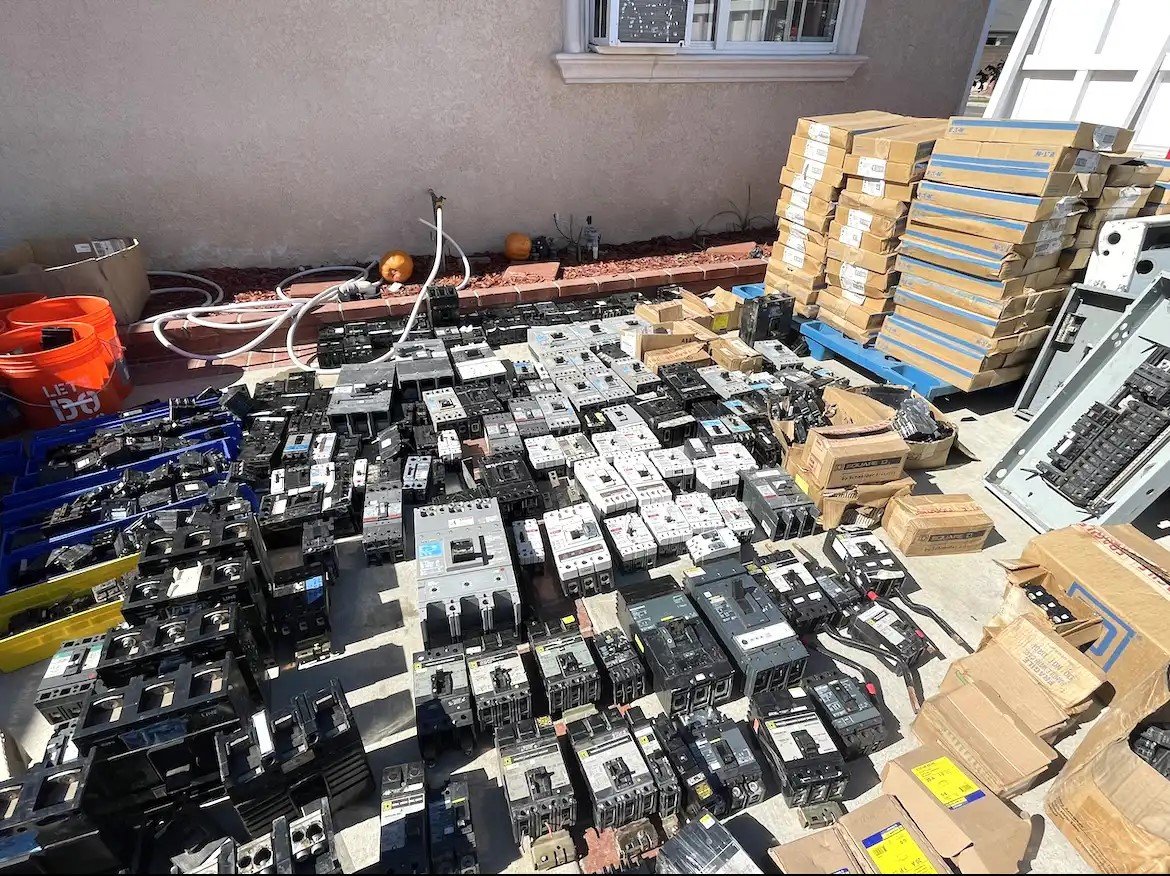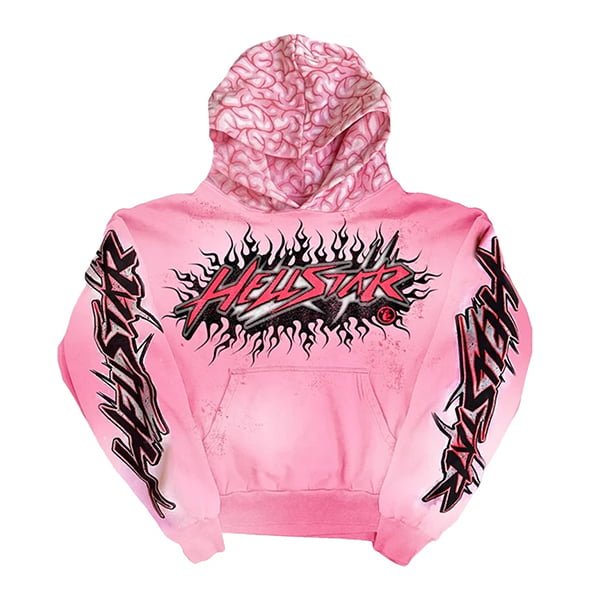
The electrical industry never stands still. For any electrical equipment supplier, staying ahead of the curve is more than a smart move—it’s a survival tactic. New regulations, shifting market demands, and rising sustainability expectations are reshaping how suppliers operate. As 2025 approaches, suppliers who adapt early will outpace competitors, win customer trust, and build more resilient businesses.
From the rise of automation to a deeper focus on circular economy practices, the year ahead holds some defining changes. This article outlines the key trends every forward-thinking supplier must follow closely.
Digital-First Supply Chains
Efficiency is no longer optional. In 2025, suppliers that invest in smart logistics and real-time inventory systems will gain a major edge. Customers expect faster deliveries. They also want instant access to stock availability. Digital-first supply chains offer this.
From barcode scanning tools to cloud-based stock management, these systems trim delays. They reduce human error. And they give suppliers better control over inventory gaps. Platforms that use data analytics are already helping companies predict seasonal demand. Some even prevent out-of-stock scenarios before they happen.
Companies like United Industries VA are integrating such tools across their operations. This not only improves service but strengthens buyer confidence. The digital leap is real. And suppliers can no longer afford to ignore it.
Surge in Demand for Used and Refurbished Gear
With budgets tightening across many industries, the push toward reusing and repurposing components is only growing stronger. That includes used electrical distribution equipment, refurbished circuit breakers, or pre-owned switchgear.
Buyers, especially in construction and manufacturing, are actively looking for trusted sellers. They want affordable yet reliable alternatives to brand-new gear.
This means suppliers who can sell electrical surplus or stock high-quality reconditioned parts will attract more business. They’ll also support the broader sustainability goals customers now care about.
This isn’t about cutting corners. It’s about giving clients real choices. Especially in areas where fresh inventory is slow to arrive or priced too high.
Sustainability as a Selling Point
Sustainability isn’t just a buzzword anymore. It’s an expectation. Regulations are tightening. Customers are asking tougher questions. Suppliers who don’t adjust risk being left behind.
To stay relevant, component providers must now prove their supply chains are eco-conscious. Whether it’s minimizing packaging waste or reducing carbon emissions, every small step matters.
Some suppliers are switching to recyclable materials. Others are forming partnerships to recycle scrap parts. And more are building product lines that align with LEED and other green certifications.
Eco-friendly practices are also showing up in how companies manage their electrical equipment supplies. Lower waste, better lifespan, and smarter product lifecycle tracking are now part of the conversation.
Rise of Smart Components and IoT Integration
Intelligent technology is reshaping everything. Electrical components are no exception. Demand is growing for smart sensors, connected breakers, and systems that track energy use in real time.
Industries want equipment that does more than just work. They want gear that talks to each other. That feeds data back to a dashboard. That can be managed remotely.
For suppliers, this opens new doors. Stocking these connected components means more upselling opportunities. But it also requires better technical support, staff training, and closer collaboration with OEMs.
Suppliers that already offer guidance on installation and use of IoT-enabled parts will be steps ahead of the rest.
Pressure to Offer Faster, Flexible Services
Next-day delivery. Bulk discounts. Emergency dispatch. Clients want it all. And fast. In 2025, flexibility will matter as much as price.
Suppliers need to rethink how they serve different customers. A small contractor might want just-in-time delivery on a job site. A big commercial builder may ask for bulk storage at their yard.
Having varied delivery options, pickup hubs, and real-time service updates is now essential. For businesses like United Industries VA, that agility has become their core advantage.
And it’s not just about logistics. Customers want flexible financing. Subscription models. Maybe even trade-ins for commercial electrical equipment upgrades. Suppliers who listen and adapt will earn deeper loyalty.
Regionalization of Sourcing
Global sourcing used to be the gold standard. Not anymore. After years of supply chain disruption, 2025 is bringing a big shift. More businesses are leaning into regional supply networks.
Why? Faster turnaround. Lower freight costs. And less exposure to global risks.
This trend gives smaller and mid-sized suppliers a chance to shine. If they can show reliability and local knowledge, they’ll become go-to partners for regional contractors and developers.
Expect more demand for localized supplies and materials in electrical work. From conduit pipes to panel boards, clients will want to know where their gear comes from. And they’ll prefer it to be nearby.
Transparency and Trust Matter More Than Ever
Clients are tired of vague warranties, late deliveries, or missing specs. In 2025, transparency is king.
Suppliers who give clear, honest updates will win more repeat buyers. Whether that means real-time tracking, accurate product specs, or clear return policies—clarity builds trust.
It’s also about being upfront when something goes wrong. Clients don’t expect perfection. But they do want suppliers who communicate and solve problems quickly.
Reviews, word-of-mouth, and online ratings will carry more weight than before. Suppliers that invest in strong customer service and honest operations will stand out.
Training, Not Just Products
Customers today want more than parts. They want knowledge. And that’s where suppliers can play a bigger role.
Offering training sessions. Hosting product demos. Providing clear spec sheets or install videos. These things add serious value.
In particular, as new tech and regulations roll out, clients may struggle to keep up. Suppliers that step in as guides will gain a competitive edge.
Even something simple—like how to install a new smart relay—can strengthen relationships and build long-term loyalty.
Final Thoughts
2025 won’t be about doing more of the same. For every electrical equipment supplier, this is a moment to evolve. The trends are clear.
Faster service. Smarter parts. Greener operations. Deeper trust. And above all, flexibility.
Suppliers that focus only on moving boxes will lose ground. But those who treat customers like partners, invest in new tools, and stay alert to shifting needs—they’ll thrive.
The future belongs to the ones who adapt. Not just react. Let’s hope your team is ready.






